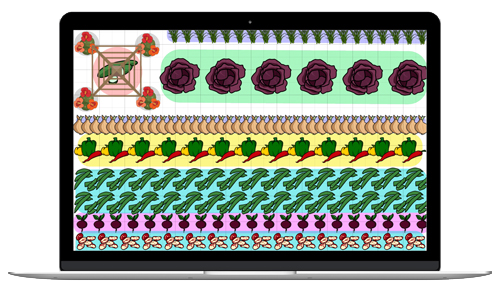
Caption
Beautiful white flowers of Star Jasmine (Trachelospermum jasminoides) also know as Confederate jasmine.
Photo Credit
Martin Hibberd
Botanical Name
Trachelospermum jasminoides
Plant Type
Soil pH
Flower Color
Special Features
Subhead
Learn how to plant, grow, and care for star jasmine vines.
The Almanac Garden Planner - Use It Free for 7 Days!
Plan your 2025 garden with our award-winning Garden Planner.
Read Next
Varieties
You aren’t likely to find many cultivars of star jasmine, but there are a few. Several other similar plants, like Asiatic jasmine, are also available.
- ‘Madison’ is more cold-hardy than other star jasmines, and a better bet for zone 7 gardeners. It’s slightly more compact, with 10-12 feet long vines, but still an excellent climber.
- The unadulterated species plant, T. jasminoides, is commonly sold, and you can’t go wrong with it. Purchase healthy plants from a reputable vendor and enjoy their fragrant scent.
- ‘Variegatum’ is, as it sounds, a star jasmine with variegated leaves but the same flower power as its green-leafed kin. Leaf margins and edges are splotched with creamy white patches, providing more interest when the plant is not blooming.
Gardening Products
More Like This
ADVERTISEMENT
Comments
Add a Comment













